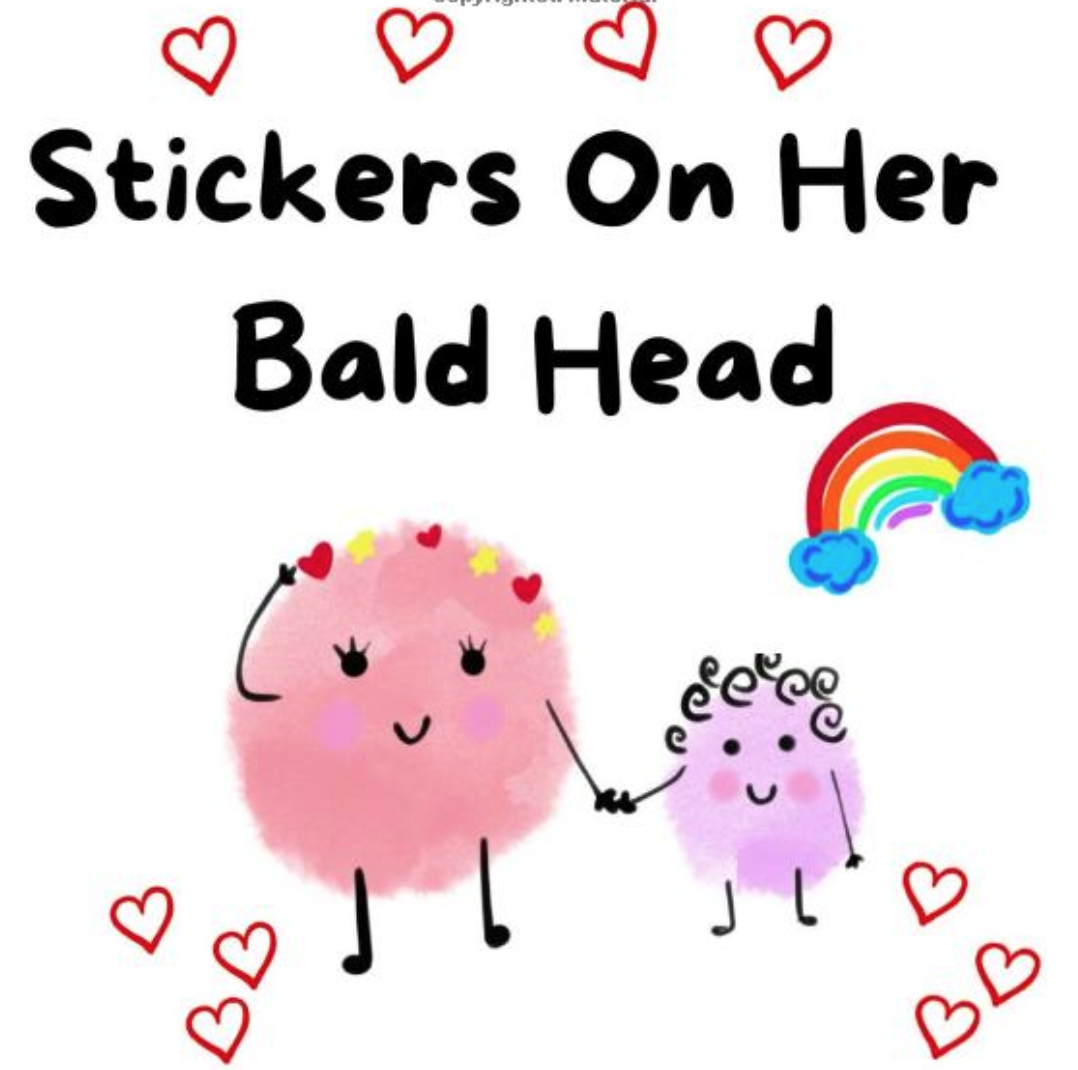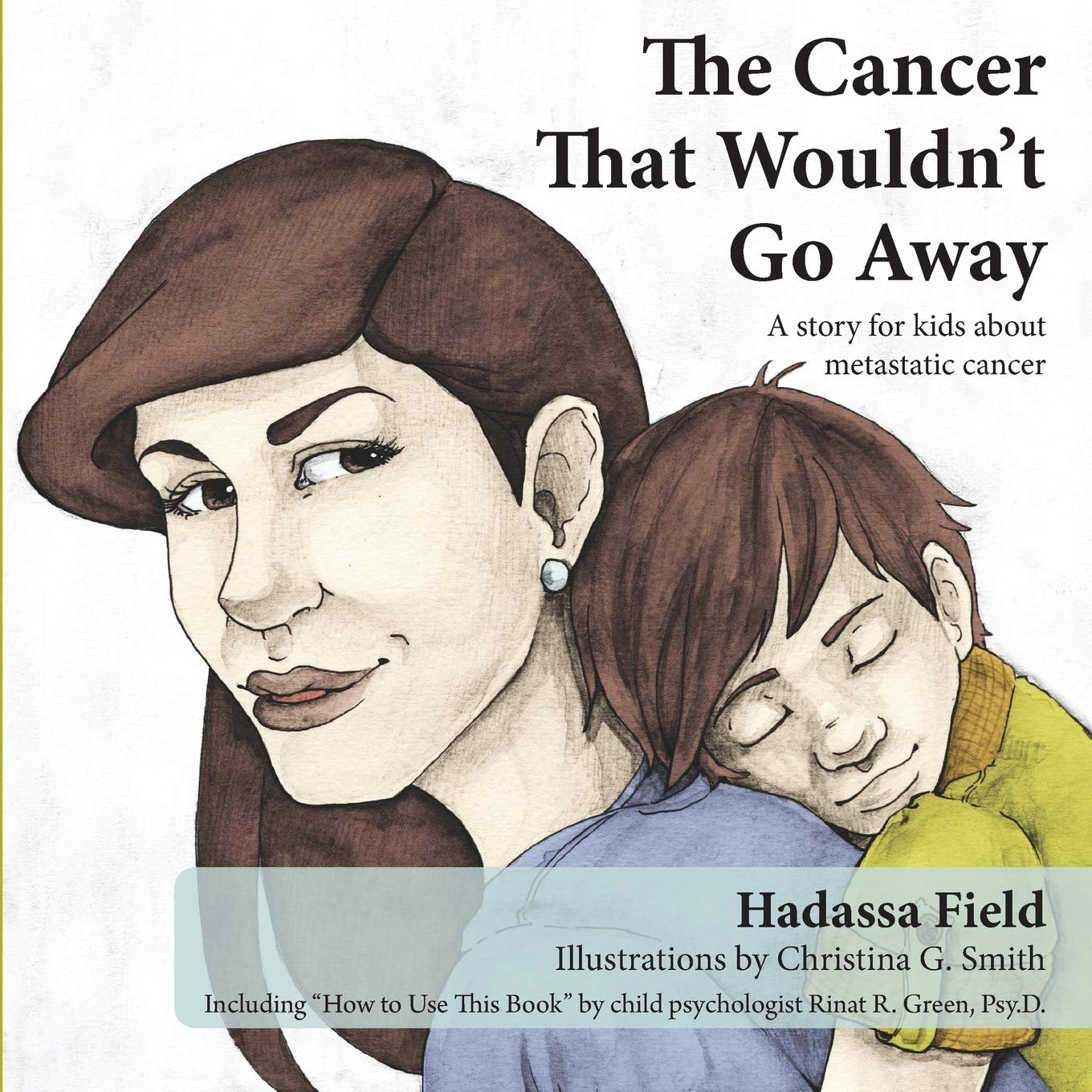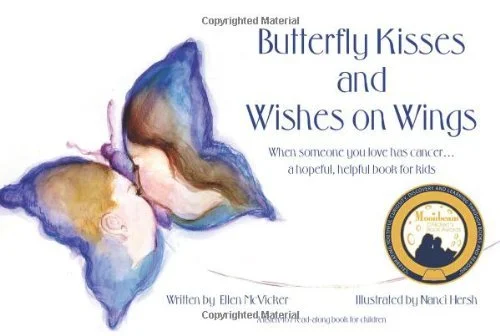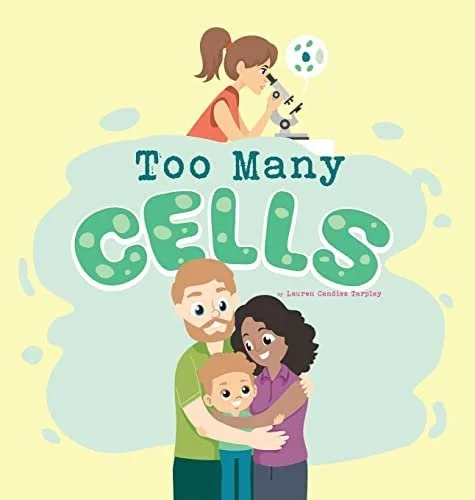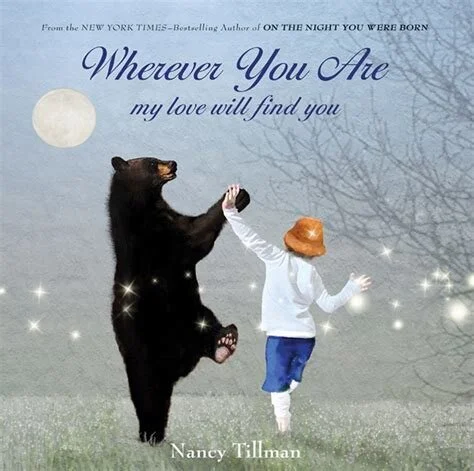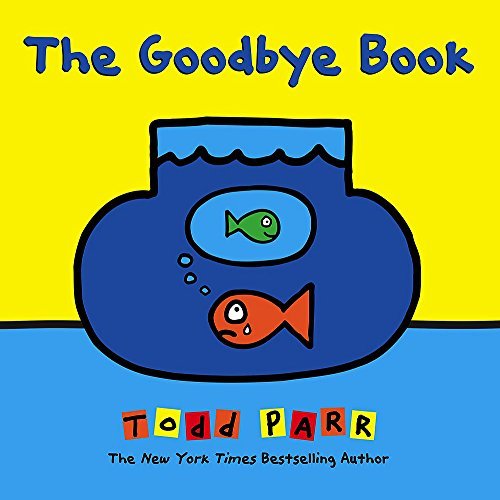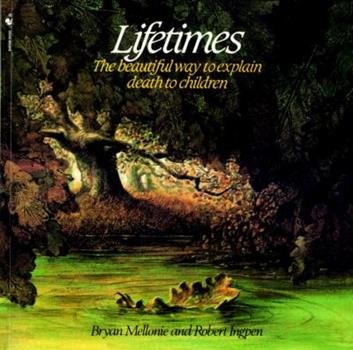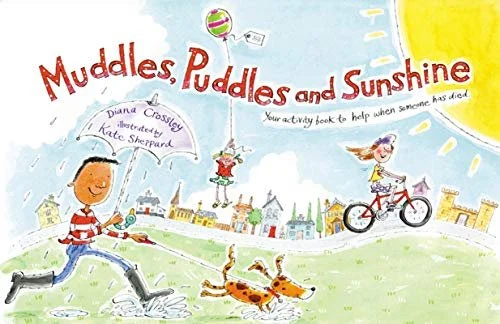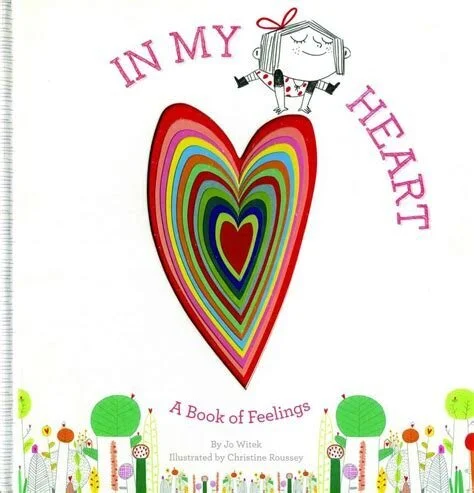Bright Reads
Little books to help kids with big emotions.
Request free books from us through Bright Reads!
Bright Reads provides free age-appropriate books about dealing with big emotions, cancer and illness, and grief and loss, to the children of parents going through cancer. These books are meant for preschool age and early school age children.
As part of our Bright Reads program, we provide a selection of the recommended books below free of charge to the children of parents going through cancer.
Each family will also get a copy of A Tiny Boat at Sea - an excellent, concise resource for parents with age-appropriate examples for how to talk to kids about cancer.
What books did you read to your kids? Were there books you found really helpful, or books that seemed inappropriate or triggering? Please let us know here and we may add them to the mix. We’d especially love to hear about books focused on dads, featuring people of color, and/or LGBTQ families, as we could find very few of these!
At this time, we can only serve inside the U.S.
List of Suggested Books
Check out our comprehensive list of suggested books. This list covers a range of areas including books for adults about talking to children about cancer and death, books for teens, children’s books about cancer, feelings, grief, and loss, and more.
Bright Reads Book Bundle
Interested in our Bright Reads Book Bundles curated specifically for cancer clinics? Check it out.
Books About Cancer
CANCER HATES KISSES, JESSICA SLIWERSKI
Cancer Hates Kisses is one of the best books I’ve found for kids that discusses cancer. It focuses on a mama of two kids, who is a “cancer-fighting superhero.” The book doesn’t specify the type of cancer mama has, although the author herself was diagnosed with breast cancer four months after her daughter was born. Mama undergoes surgery, chemotherapy, and radiation. She is described as “brave” and her surgery scars are described as “warrior wounds.” The family (including dad) helps mama get through cancer by letting her rest, giving hugs, giving compliments, and having dance parties. They are also honest about how cancer makes mama lose her hair, get exhausted, and cry sometimes. The book’s conclusion is positive but open-ended - there is no mention of being “cured.” It’s an honest, age-appropriate look at cancer. Probably best for 3 - 6 yr olds, but could be used with children as young as 18 mos - 2 years and as old as 8. Also available in Spanish.
Live reading is available here.
NOWHERE HAIR, SUE GLADER
Nowhere Hair is a great choice for kids whose moms lose their hair as a part of treatment. The simple, rhyming story is told by a little girl who wants to know where mommy has lost all her hair. After searching under the bed, and wondering whether her mom lent it to a bird for her nest, the story reveals that mom is going through cancer treatment. She learns that she hasn’t done, said or thought anything to cause the cancer, and that she can't catch it. The book explains hats, scarves, wigs, going bald in public, and the idea of being nice to people who may look a little different than you. There is a dad in the story, but he features on only one page. There is no mention of the type of cancer the mother has or discussion of her treatment. Nowhere Hair is also available in a Spanish edition. Suitable for kids as young as 2-3, probably up to 6 or 7.
Live reading is available here.
CANCER PARTY!, SARA OLSHER
Cancer Party is one of the few books for kids I’ve found that tackles explaining what cancer is and how it works in a kid-friendly way. It explains how cells divide, work, and what happens when a cell gets confused and turns into cancer (in the book, this is described as cells having a PARTY!). The book then describes how to get a cancer party out - including surgery, radiation, and chemo. It describes some of the side effects of treatment, and reassures kids that they didn’t cause cancer and aren’t responsible for ending it. At the end of the book, the cancer party is “gone” and the body is healthy again. Sara also runs mighty and bright - magnetic charts created with the help of survivors, therapists, nurses and grief counselors, to help kids keep track of what’s happening each week and decrease their anxiety in the process. Aimed at families with kids ages 4 to 10.
Stickers on her Bald Head, Chelsey Gomez
This book explores a mom losing her hair due to chemo and her daughter's emotions surrounding the change. It uses very gentle language, cute illustrations, and a rhyming structure that is easy to follow. Written for the author's 3 year old daughter, it is perfect for that age, but could also work for helping kids a little younger and older work through some of the emotions attached to a parent's hair loss due to chemotherapy. Best for kids 18months to 3 years old.
Mama's Afro Is A Soldier Too: Mom's Cancer Diagnosis Explained, N.M. Charles & Mary K. Biswas
Mama's Afro Is A Soldier Too: Mom's Cancer Diagnosis Explained explores a mother’s cancer diagnosis and details cancer treatment including surgery, chemotherapy and radiation. The Afro Soldier represents both a mother’s resilience in the face of cancer while also providing reassurance to young readers. We love this book's rhyming cadence and careful attention to a delicate subject matter. It has excellent coloring pages and age-appropriate activities in the back of the book. This book is great for kids 4-9.
I Have a Question about Cancer: Clear Answers for All Kids, including Children with Autism Spectrum Disorder or other Special Needs, Arlen Grad Gaines & Meredith Englander Polsky
This book tackles the subject of cancer in a question and answer format. Designed to help kids, including children with autism spectrum disorder or other additional needs, to understand what it means when someone in their life has cancer. “I have a Question about Cancer” is not written to help children understand a parent’s diagnosis specifically, but it is a great opening for any parent or caregiver to help explain their own diagnosis. Illustrated with SymbolStix, a symbol-based language for visual thinkers, this book also features a picture story that reiterates the original story, presenting another place for kids to learn about cancer. A wonderful guide for parents and caregivers accompanies the book. Written for kids autism spectrum disorder but a book that is great for all kids ages 3-8.
Mommy Has Cancer: What I Learned about Cancer and How I Helped my Mommy, Corey L. Stevenson Jr.
Mommy has Cancer is written by 9 year old Corey L. Stevenson about his mom’s breast cancer diagnosis. We love that this book is told from the child’s perspective, inviting other children to relate to Corey, his fears and his hopes. Corey writes in detail about when his parents first tell him about his mother’s breast cancer, learning about the biology of cancer, his mom’s treatment (chemotherapy, surgery, and radiation), and how he can help his mom and family. I love that Corey is so honest about his experience, including his fears and some of the tender moments he shares with his mom. Mommy has Cancer talks a bit about the family’s faith, God, and religion. The book is a bit text heavy, so will be a better read for a child 5-8 years olds.
What Happens When Someone I Love has Cancer by Sara Olsher
This book follows one child as she begins to understand a family member’s cancer diagnosis and treatment. We love how this book helps explain cancer to a curious child but also how cancer will affect the child’s life as well. Through creating and maintaining routines, the protagonist of this story, Mia finds a bit more comfort and understanding in the midst of uncertainty. Sara Olsher also authored another Bright Reads book, Cancer Party! This book is suitable for kids 4-10 years old. Also available in Spanish.
The Cancer That Wouldn’t Go Away: A story for kids about metastatic cancer
This gentle story is about a mother with metastatic cancer and a child learning to live with the uncertainty of his mother’s illness. The Cancer that Wouldn’t Go Away is different from a lot of other cancer-specific books because it lifts up the deep uncertainty that affects each member of the family when someone has cancer. Despite all the difficulties of cancer, this book highlights the love, laughter, and joy between mother and child. There is a helpful section at the end for parents and therapists. The Cancer that Wouldn’t Go Away is appropriate for children 4-8.
My Dad is a Cancer Fighting Hero
This book focuses on a dad’s experience with cancer. It has lovely, gentle rhymes and cute illustrations that make it easy and fun to read. While the dad tells the child he has cancer, there is otherwise no mention of type of cancer, specific treatment, or outcome. The emphasis of My Dad is a Cancer Fighting Hero is on the relationship between the father and child and that cancer is not the child's fault. At the center of the book is love, something that cancer cannot take away! This book is best suited for children 2-5.
My Dad and the Dragon by Montserrat Coughlin Kim
My Dad and the Dragon explores illness as a dragon stuck inside Cameron’s dad. Cameron’s family unites to try to fight the dragon but everyday isn’t a superhero battle, some days the fighting is quieter and other days life even seems to go back to normal. My Dad and the Dragon explores everyday life in a family navigating a cancer diagnosis and treatment. While some days dad might feel well, other days he is tired or feels negative side effects of cancer treatment. Beautifully illustrated, My Dad and the Dragon makes clear that there is joy even when the world feels uncertain or difficult. Everyday is a day to tell the people that you love, that you love them. Appropriate for kids 4-10.
Butterfly Kisses and Wishes on Wings: When someone you love has cancer
A beautiful story of a mother explaining to her child about her cancer diagnosis, as told through her son. This is a beautiful and wide ranging book that explains cancer and cancer treatment in very simple and clear terms. In a sweet way, the book explains that cancer is not contagious and not the child’s fault. There is a focus on what a child can do to help the mother and that the child can be an important part of the cancer “journey.” The mother helps the child to understand that they may experience a wide range of emotions and all of those emotions are good emotions to have. Book is appropriate for kids 3-8 years old. Available in Spanish.
Live reading is available here.
Chemotherapy 101 by Chelsey Gomez
Chemotherapy 101 focuses on chemotherapy in a way that children can understand. There are colorful and fun illustrations to make this topic less scary for kids. A great resource for a curious kid looking to understand their parent’s cancer treatment. We love that this book does not promise any specific treatment outcomes or durations. It emphasizes that cancer is not the child's fault and encourages them to ask questions. Appropriate for kids 3-8
Too Many Cells by Lauren Tarpley
Too Many Cells explores how an adult’s cancer experience might affect a child. Written in an engaging rhyme structure, it approaches different potential situations a cancer patient might encounter, intending to spark a dialogue with the child about what they might expect as their loved one goes through treatment. Beautiful illustrations with racially diverse families represented! Appropriate for kids 2-5. Available in Spanish
Books about Grief,Loss & Death
We recommend additional titles and resources here.
THE INVISIBLE STRING, PATRICE KARST
We got this book well before my cancer diagnosis, to help address separation anxiety when my son started preschool. We revisited it often during my treatment, and he was really comforted by the “invisible string” concept - the idea that people who love each other are connected by an invisible string made of love. In the story, a mother tells her twins Liza and Jeremy about the invisible string after they’re awoken by a thunder storm one night. The twins ask about all the different places the string can reach, and the mom reassures her children that it can reach the people they love anywhere - even if they are mountain climbers or deep sea divers. She reassures them that it remains connected even when she gets mad at them. She tells them their string even reaches their Uncle Brian in Heaven. Appropriate for kids ages 3-7. Also available in Spanish.
Live reading is available here.
WHEREVER YOU ARE, MY LOVE WILL FIND YOU, NANCY TILLMAN
Wherever You Are, My Love Will Find You is a rhyming story that tells a child that a parent’s love will always be with them. The story is somewhat abstract, but reassures the child that they’ll never be alone. Appropriate for kids of all ages.
Live reading is available here.
Lost in the Clouds: A Gentle Story to Help Kids Understand Death and Grief, Tinn Disbury
Lost in the Clouds is a story of Billy learning to cope with the emotions of his mother’s death. Through the metaphor of a cloud, Billy learns that his mother is in his heart even if not with him physically. A helpful guide for adults is at the end of the book. Appropriate for ages 3-6 years old.
Live reading is available here.
GOODBYE BOOK, TODD PARR
The Goodbye Book addresses the range of emotions someone may feel after a loss. This book does so much with simple language and pictures. Author Todd Parr helps children understand the range of emotions one can feel in grief from sadness to denial to lack of joy, alongside the physical ways grief may appear, like a desire to not eat or trouble sleeping. The Goodbye Book helps kids understand that the memories of a loved one can provide comfort and the people around you will provide support, holding you tight. This book is a good fit for kids ages 2-6.
Live reading is available here.
Lifetimes:The Beautiful Way to Explain Death to Children by Bryan Mellonie
Lifetimes is a classic book for kids on understanding life and death. Exploring both beginnings and endings, it looks to the world around us, to show us the cycle of life. Beautifully illustrated, Lifetimes looks at plants, animals, insects, and people to understand that dying is as much a part of life as birth. This book is not without sentiment but it is a very matter of fact account of life and death. Appropriate for anyone over 3.
Live reading is available here.
What Happened to Daddy's Body?: Explaining what happens after death in words very young children can understand
What Happened to Daddy’s Body is a gentle but realistic portrait of what happens when someone dies. Exploring cremation, burial, and spreading ashes, this book talks about death and asks questions through a child’s voice. What Happened to Daddy’s Body is a good fit for a curious child looking to understand the reality of what happens when someone dies and afterwards.. While the topic is heavy, at the heart of the story is that it is o.k. to grieve and it is o.k. to feel joy. Appropriate for kids 4-10.
Muddles, Puddles and Sunshine: Your Activity book to Help when Someone has Died (Early Years)
Muddles, Puddles and Sunshine offers practical and sensitive support for grieving kids. Through exploring a range of feelings and emotions that one may experience with the death of a loved one, the book helps kids make sense of their experience. Simple activities help a child to move through emotions and memories with a balance between remembrance and fun. A caregiver will likely need to help a child work through these activities, a good fit for kids 5-10.
Books About Feelings
THE FEELINGS BOOK, TODD PARR
This board book doesn’t deal with cancer specifically but is a nice way of introducing young kids to the range of emotions, including new feelings they may be grappling with during a parent’s cancer diagnosis. Suitable for even the youngest kids. Also available in Spanish.
Live reading is available here.
IN MY HEART, JO WITEK
This is another book that deals generally with feelings - happiness, sadness, bravery, anger, shyness, etc. In My Heart explores a full range of emotions, describing how they feel physically, inside. With language that is lyrical but also direct, toddlers receive the vocabulary to practice articulating and identifying their own emotions. We loved the die-cut heart that extends through each spread. Probably best for kids 3 - 6 year olds, but could be used with children as young as 2 years and as old as 8.
Live reading is available here.





